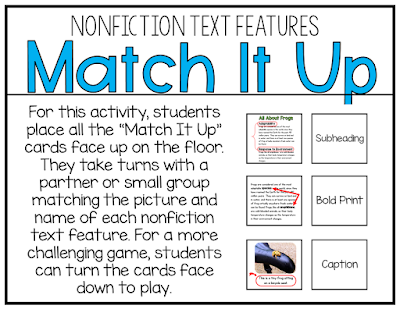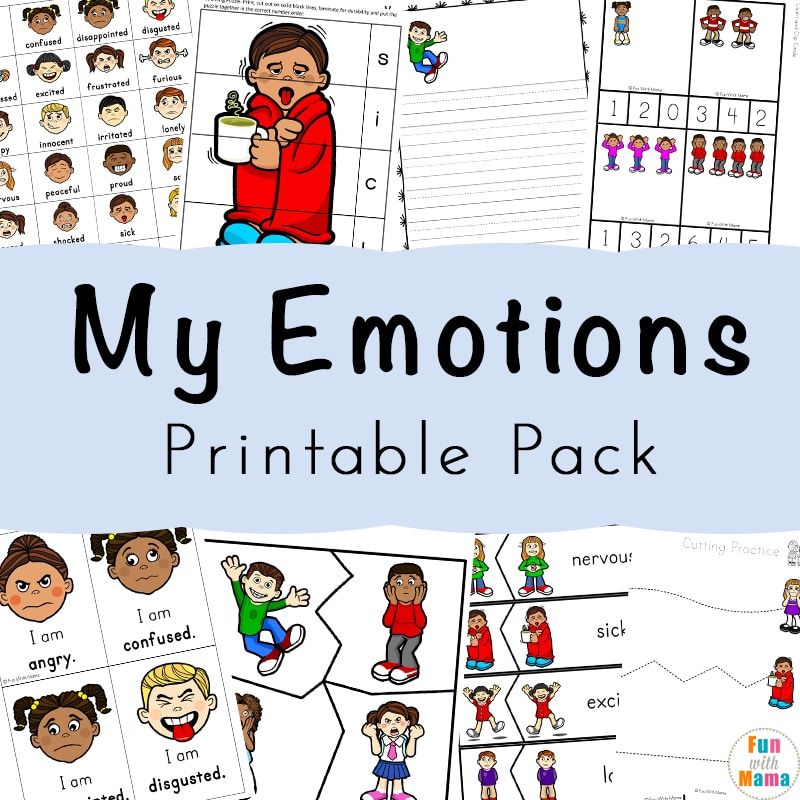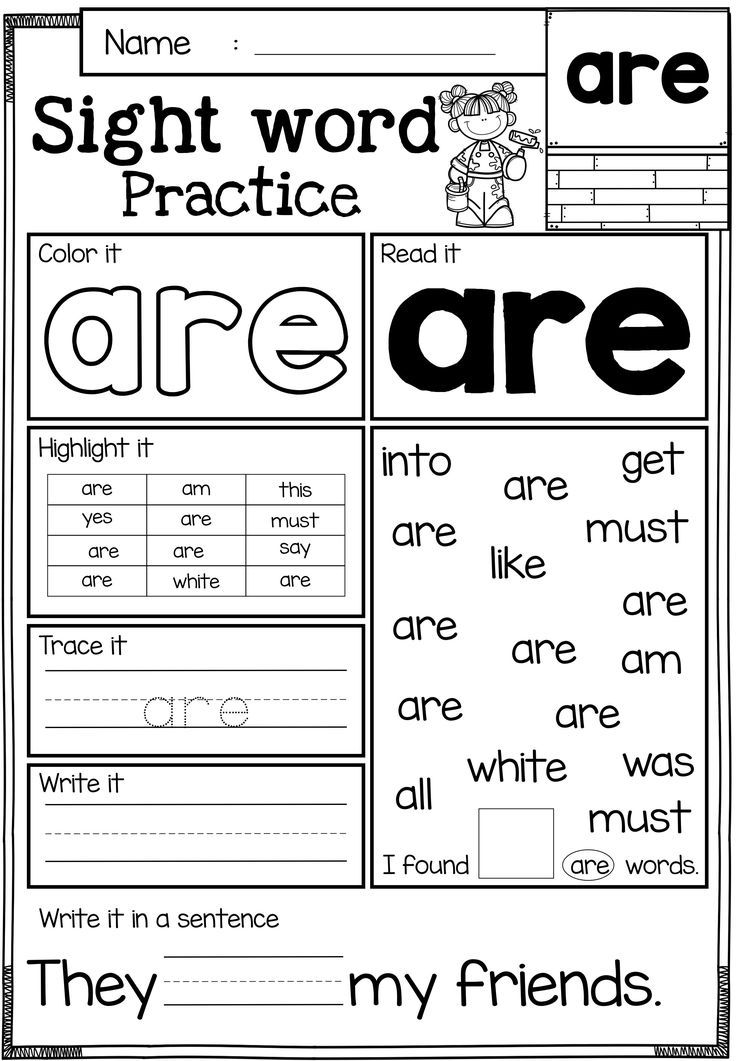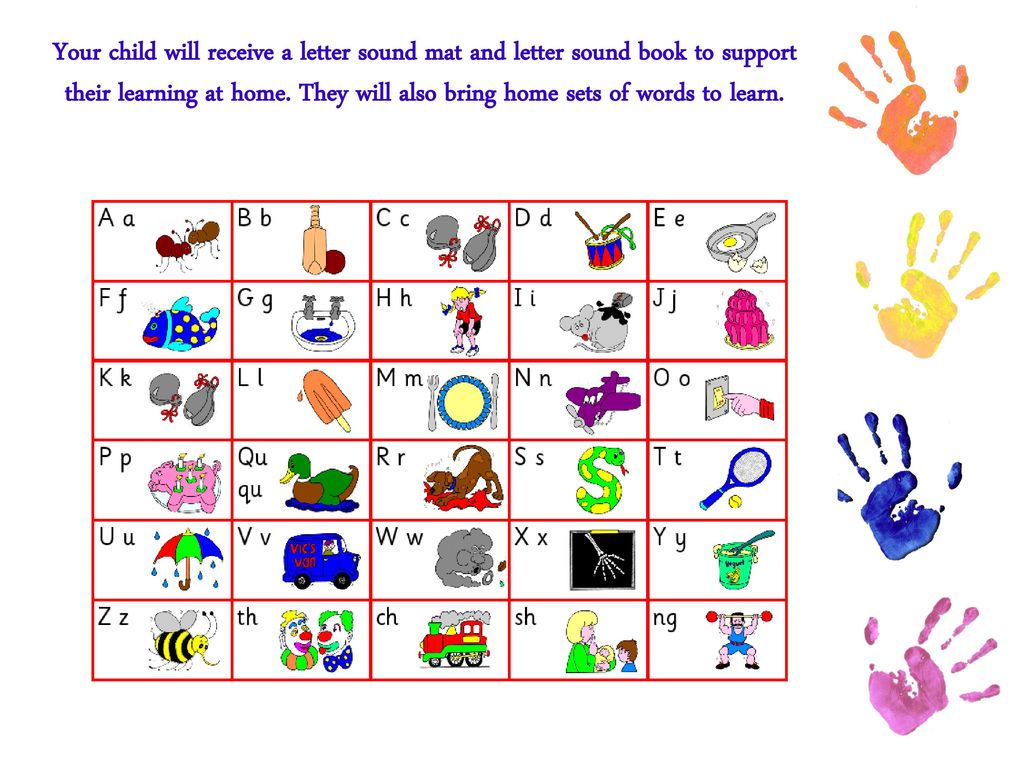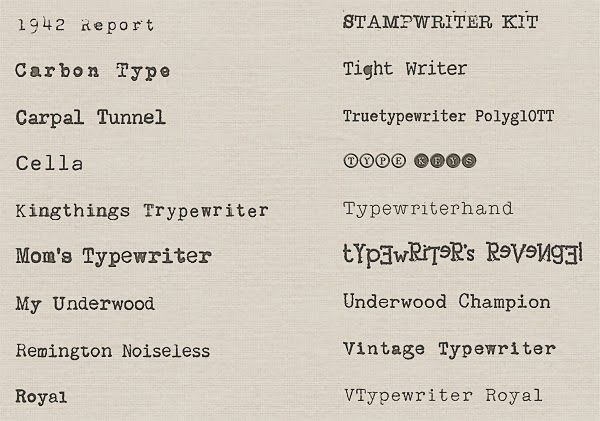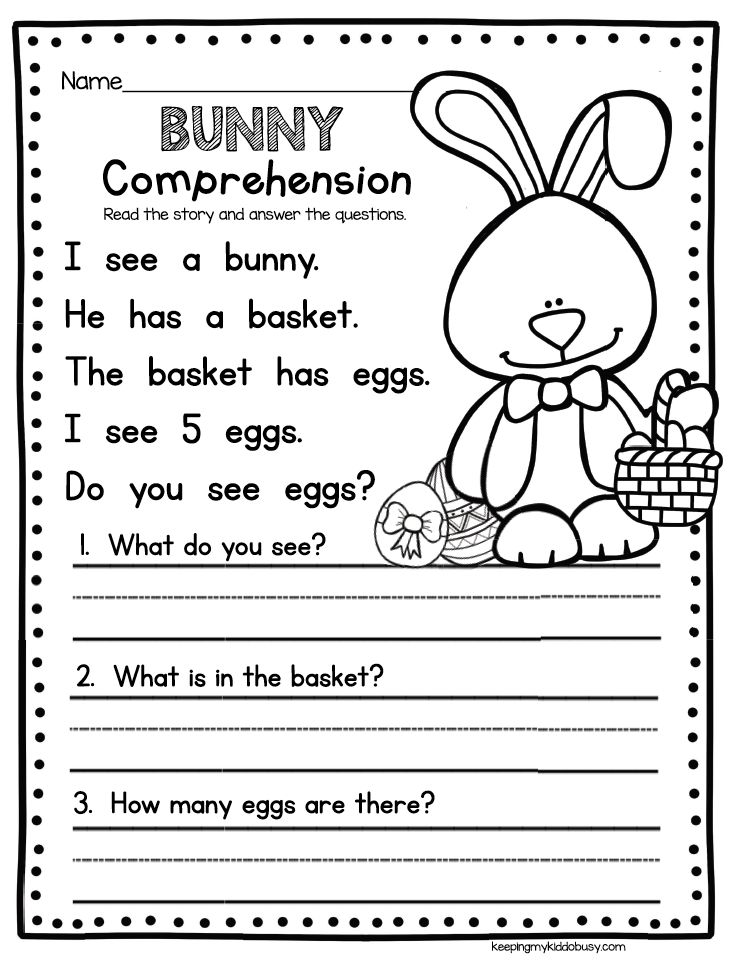Features of print
Concepts of print
Concepts of Print refers to the awareness of 'how print works'. This includes the knowledge of the concept of what books, print, and written language are, and how they function. It encompasses a number of understandings that allow the reading process to take place including:
- understanding that print conveys a message
- knowledge about book orientation and directionality of print, and
- distinction between sentences, words and letters, and
- knowledge of the alphabetic system and the difference between letters and words.
Understandings/elements of concepts of print in the English language
The main understandings or elements of Concepts of Print for English include the concept of text (how a text conveys a message), concept of book (how a book works, how different texts are organised), the idea of directionality (that English books are read from left to right, top to bottom), and other mechanical features (spacing, punctuation, the difference between letters, numerals, and other symbols).
Components of concepts of print
Concepts of print are important for emergent and early reading and writing (Clay, 1993).
Concepts of text
Understanding that print relays a message
Concept of book
- Book handling - holding the book the right way up
- Front cover, back cover
- Title, author, illustrator, blurb
Directionality
- Beginning at the front of the book, ending at the back
- Turning pages right to left
- Concept of top and bottom of a page - beginning at the top of the page and ending at the bottom of the page
- Reading pages from left to right
- Reading words from left to right
- Return sweep - reading left to right then sweep back to the beginning of the following line of text
- Concept of first, middle, last
- Word-to-word matching
Mechanics
- Knowledge that words are separated by spaces
- Recognising the difference between symbols including, alphabetic letters vs numerals vs punctuation
- The purpose of punctuation and capital letters
- Understanding that most printed words are read the same way each time (e.
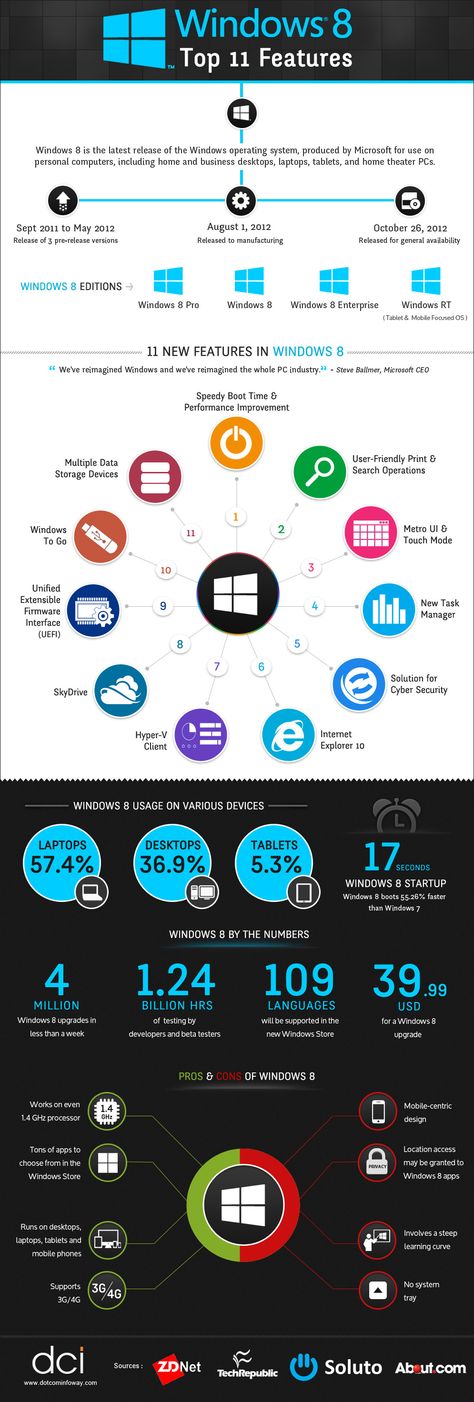 g. w-o-u-l-d will always be 'would')
g. w-o-u-l-d will always be 'would')
Through exposure to shared book reading in early childhood, and through modelled, shared, and guided reading in the early years, children develop concepts of print.
Examples to support the development of Concepts of Print
Concepts of print should be taught through text within the literacy lesson, for example by:
- reading a poem or a song that students are familiar with and highlighting features of the text - e.g. capital letters, full stops and discussing the purpose of these features
- reading a storybook and modelling and/or identifying features of text while reading, for example differences between words and letters, directionality, return sweep, front and back cover of book etc.
- reading books with different font types/sizes, bold, exclamation mark, question mark and capital letters
Building a print rich classroom environment - using labels, alphabet posters, word walls, reading corners also contributes to the development of concepts of print.
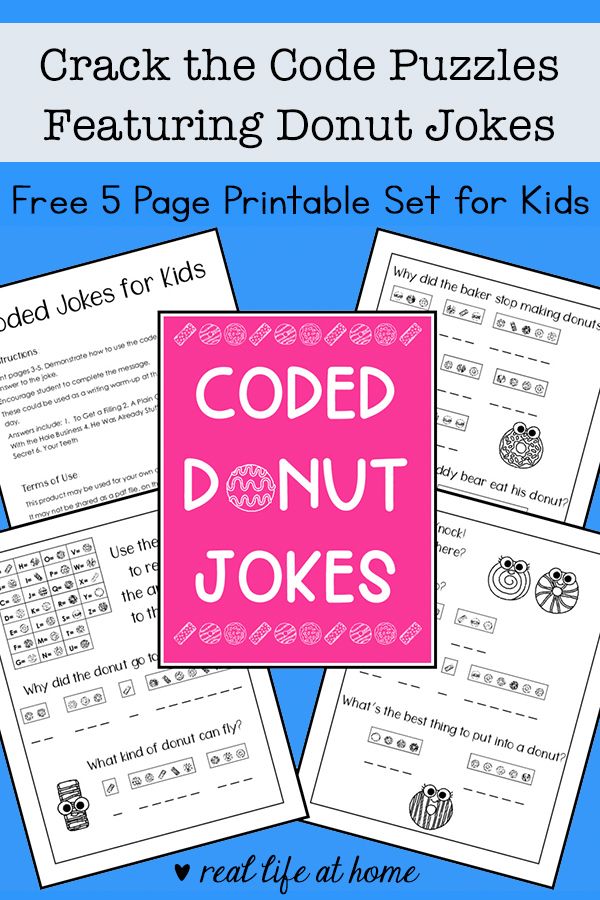
For examples, see:
- Modelled Reading
- Shared Reading
- Guided Reading
Alphabet knowledge
Alphabet knowledge is also considered a Concepts of Print component. This includes knowledge of the names of each letter, the order of the alphabet, recognition of each upper and lower case letter, and knowing the difference between letters and words.
Alphabet Knowledge includes recognising all the letters of the alphabet by name. This includes recognising upper and lower case letters. The metalinguistic awareness of knowing the difference between a "word" and a "letter" is also important for alphabet knowledge.
Relationship with phonics
While alphabet knowledge is the ability to recognise and name upper and lower case letters, phonics is the knowledge of sound-letter patterns, that is the sounds that letters make.
As there are 44 sounds (phonemes) , but only 26 letters, many letters make more than one sound. Also, letters are used to form graphemes, which could consist of one letter (graph), two letters (digraph), three letters (trigraph) or four letters (quadgraph).
Also, letters are used to form graphemes, which could consist of one letter (graph), two letters (digraph), three letters (trigraph) or four letters (quadgraph).
An important first step to learn the relationships between sounds is to have well developed Alphabet Knowledge: that is to know what each letter is called, and to be able to recognise these letters quickly and reliably.
Once students have strong alphabet knowledge they are able to apply this knowledge to learn about the sounds that letters and letter patterns (graphemes) make, and how phonemes map onto graphemes, i.e. phonics.
For more information, see:
- Phonics
- The 44 Sounds of English (docx - 116.91kb)
Relationship with phonological awareness
While alphabet knowledge is the ability to recognise and name upper and lower case letters, Phonological awareness refers to the awareness of sounds, rhymes, and syllables within words. Phonemic awareness (a critical subset of phonological awareness) refers to the ability to identify, segment, blend, delete and manipulate individual sounds.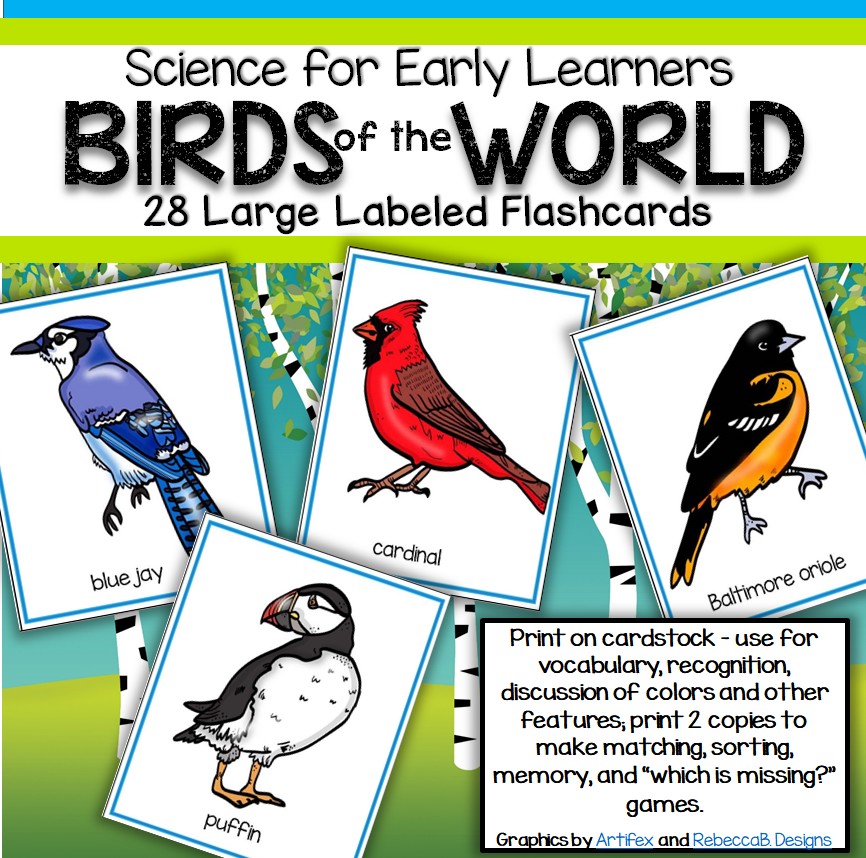 Alphabet knowledge is related to phonological awareness as children need to understand that words are made up of syllables, onset/rime, and individual sounds, and that letters of the alphabet are used to represent these sounds, as graphemes.
Alphabet knowledge is related to phonological awareness as children need to understand that words are made up of syllables, onset/rime, and individual sounds, and that letters of the alphabet are used to represent these sounds, as graphemes.
For more information, see: Phonological Awareness
Examples of alphabet knowledge activities
Contextualised teaching of alphabetic knowledge can occur through reading a fiction or non-fiction text to, for example:
- introduce the sound and the letter in focus, writing the letter before reading the text
- highlight particular letter/letters within the text
- identify initial sounds of words and distinguish upper and lower case letters
- recognise consonant digraphs/trigraphs
- discuss the different sounds that a letter can make from examples in a text
- find words that contain different consonant diagraphs e.g. /sh/, /ch/, /th/ -lunchbox, shoes, should, the, that
- compile words or letters from a text into lists to make games that will promote multiple exposure and repetition of alphabetic knowledge such as bingo, snap, memory, tic tac toe, letter sort.
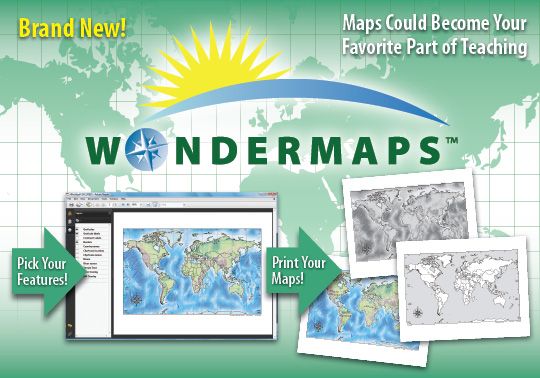
For examples, see:
- Modelled Reading
- Shared Reading
- Guided Reading
How does concepts of print relate to phonological awareness and phonics?
Phonological awareness allows students to hear the differences between words and sounds. Concepts of Print includes the recognition of symbols as letter shapes. Once this understanding is established, the letter shapes can be associated with sounds, connecting the visual, auditory and oral systems.
Links to the Victorian Curriculum - English
Foundation
Reading
- Recognise all upper- and lower-case letters and the most common sound that each letter represents (Content description VCELA146)
- Understand concepts about print and screen, including how books, film and simple digital texts work, and know some features of print, including directionality (Content description VCELA142)
Level 1
Reading
- Understand concepts about print and screen, including how different types of texts are organised using page numbering, tables of content, headings and titles, navigation buttons, bars and links (Content description VCELA177)
Links to the Victorian Curriculum - English as an Additional Language (EAL)
Pathway A
Reading and viewing
Level A1
- Understand the direction of English text (VCEALA034)
- Understand that texts are meaningful (VCEALA035)
- Distinguish Roman script from non-Roman script (VCEALA039)
- Understand and explore the basic features of different texts (VCEALL043)
- Understand and explore the basic features of different texts (VCEALL043)
- Identify some sounds in words (VCEALL050)
- Recognise capital letters, spaces and full stops (VCEALL052)
- Follow text with finger while reading (VCEALL053)
Level A2
- Understand how different types of images in texts contribute to meaning (VCEALA116
- Understand and use a small range of metalanguage for elements of text (VCEALL125)
- Relate most letters of the alphabet to sounds (VCEALL131)
- Understand and use simple metalanguage for books and reading (VCEALL044)
- Recognise that full stops and question marks separate text (VCEALL133)
Writing
Level A1
- Respond to the terms 'writing' and 'drawing' appropriately (VCEALA059)
- Illustrate a simple text (VCEALC058)
- Write a simple text that fulfils a function (VCEALC057)
- Recognise the importance of accurate reproduction of letters and words (VCEALA060)
- Use some conventions for printed English (VCEALL081)
- Experiment with some familiar punctuation (VCEALL079)
- Understand some terminology of writing in English and/or home language (VCEALA068)
Level A2
- Illustrate texts purposefully (VCEALC139)
- Use some punctuation consistently (VCEALL158)
- Adjust size of writing, colour, layout and choice of media to support meaning (VCEALL160)
Pathway B
Reading and viewing
Level BL
- Show awareness that texts convey meaning (VCEALA191)
- Distinguish Roman script from non-Roman script (VCEALA195)
- Recognise and explore texts in different media and modes (VCEALL199)
- Understand and explore the basic layout and conventions of simple texts (VCEALL200)
- Use basic terminology of reading (VCEALL202)
- Recognise the letters of the alphabet (VCEALL208)
- Understand the function of spaces, capital letters and full stops (VCEALL209)
- Demonstrate reading-like behaviour (VCEALL210)
- Attempt to self-correct (VCEALL211)
Writing
Level BL
- Copy words, phrases or sentences accurately and carefully (VCEALC216)
- Understand the difference between writing and drawing, and that writing changes according to context and purpose (VCEALA219)
- Apply common conventions when copying or writing texts (VCEALL236)
- Copy basic punctuation as part of writing work (VCEALL238)
References
Clay, M. M. (1993). An observation survey of early literacy achievement. Heinemann, 361 Hanover St., Portsmouth, NH 03801-3912.
M. (1993). An observation survey of early literacy achievement. Heinemann, 361 Hanover St., Portsmouth, NH 03801-3912.
Concepts of print (emergent literacy)
The awareness of how print works including emerging knowledge about books, print, and written language, and how we use them.
Concepts of print can be described as a "set of rules" that are followed by readers and writers so that the text can be understood in the intended way. Concepts of print demonstrate to children the logistics of reading and writing, which allow the processes of literacy to take place.
For example:
- understanding that print relays a message
- knowledge about book orientation and directionality of print
- book handling (e.g. holding a book right way up, turning pages)
- emerging knowledge of the alphabet
- awareness of books, pages, words and letters.
Children who are learning about books and reading need to know these concepts so that they are able to understand the rules and begin to understand the message.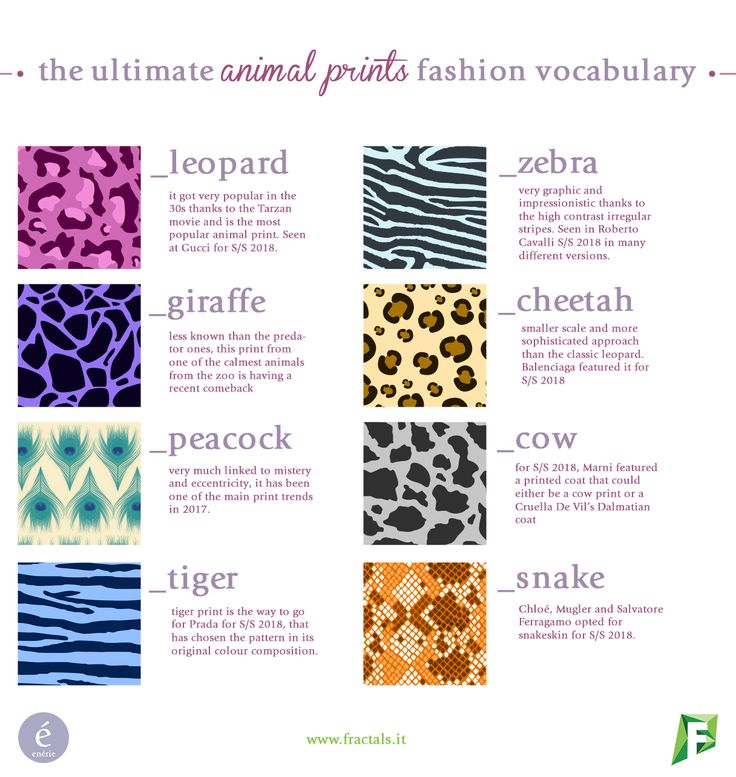
Examples of concepts of print
The main understandings or elements of concepts of print for English include the concept of text, concept of book, the idea of directionality, mechanical features, and alphabet knowledge. Concepts of print are important for emergent reading and writing (Clay, 2013; Justice & Ezell, 2004; Piasta et al., 2016).
From a very young age children engage in writing and drawing to represent real things (Bradford and Wyse, 2010). Children can distinguish between drawing, writing, and numbers based on their understanding of the concepts they represent (Lancaster, 2007; Wells Rowe & Neitzel, 2010).
Using verbal and non-verbal cues to direct children’s attention during reading affects their later print knowledge and literacy skills (Justice & Ezell, 2004).
Similarly, calling children’s attention to the sound structure of words during reading promotes their phonological awareness (Piasta et al., 2016). Shared reading with embedded vocabulary instruction also helps children to make meaning from print, especially when reading is coupled with extension activities (Piasta et al. , 2016).
, 2016).
Concepts of print examples diagram
Concept of text
- Understanding that print relays a message
Concept of book
- Book handling - holding the book the right way up
- Front cover, back cover
- Title, author, illustrator, blurb
Directionality
- Beginning at the front of the book, ending at the back
- Turning pages left to right
- Concept of top and bottom of a page - beginning at the top of the page and ending at the bottom of the page
- Reading pages from left to right
- Reading words from left to right
- Return sweep - reading left to right then sweep back to the beginning of the following line of text.
Mechanics
- Knowledge that words are separated by spaces
- Recognising the difference between symbols including, alphabetic letters vs. numerals vs. punctuation
- The purpose of punctuation and capital letters
- Understanding that most printed words are read the same way each time (e.
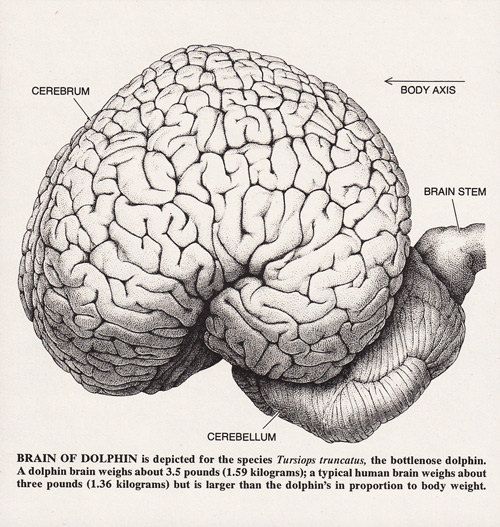 g. the letters w-o-u-l-d will always say 'would').
g. the letters w-o-u-l-d will always say 'would').
Alphabet knowledge is also considered a concepts of print component. This includes:
- knowledge of the names of each letter
- knowing the order of the alphabet
- recognition of each upper and lower case letter
- knowing the difference between letters and words.
The metalinguistic awareness of knowing the difference between a "word" and a "letter" is also important for alphabet knowledge. This is because children need these metalinguistic terms to talk about the concepts they are grasping, as they begin to recognise familiar words and letters.
It should be noted that children are not required to have an extensive knowledge of the sounds that letters make (phonics) before transition to primary school. However, being able to recognise and name letters (alphabet knowledge) is a very useful emergent literacy skill, encouraged in Language and Emergent Literacy Learners. The development of alphabet knowledge before school (along with phonological awareness and oral language) is an important predictor of early reading success.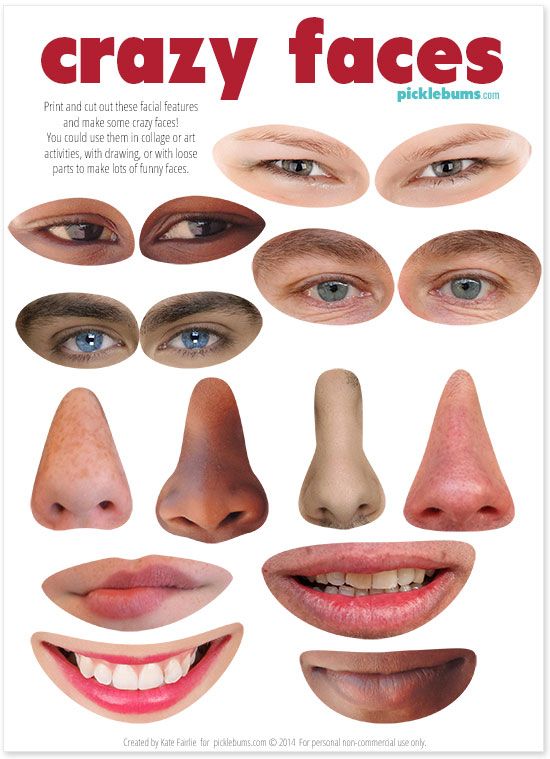
Part of the mechanics of concepts of print includes the recognition of letters. Once children have a grasp of the concept of letters and their names, then the letter shapes can be associated with their sounds.
Phonological awareness is the knowledge of how the sound system (phonology) works (e.g. syllables, rhyming, individual speech sounds in words).
While alphabet knowledge (part of concepts of print) is the ability to recognise and name upper and lowercase letters, phonics is the knowledge of sound-letter patterns: what sounds letters make.
Alphabet knowledge is a crucial precursor to early phonics knowledge.
For more information see:
- Phonological awareness
- Phonics
- Victorian Early Years Learning and Development Framework
- VEYLDF Illustrative maps
Outcome 4: Learning
Children resource their own learning through connecting with people, place, technologies and natural and processed materials
- explore the purpose and function of a range of tools, media, sounds and graphics
Outcome 5: Communication
Children engage with a range of texts and get meaning from these texts
- view and listen to printed, visual and multimedia texts and respond with relevant gestures, actions, comments and/or questions
- explore texts from a range of different perspectives and begin to analyse the meanings
- actively use, engage with and share the enjoyment of language and texts in a range of ways
- recognise and engage with written and oral culturally constructed texts
Children begin to understand how symbols and pattern systems work
- view and listen to printed, visual and multimedia texts and respond with relevant gestures, actions, comments and/or questions
- develop an understanding that symbols are a powerful means of communication and that ideas, thoughts and concepts can be represented through them
- begin to be aware of the relationships between oral, written and visual representations
- begin to recognise patterns and relationships and the connections between them
General ideas
Build a print rich environment:
- use labels, alphabet posters, word walls, reading corners
Incorporate print (with images) in everyday situations, including routines, transitions, mealtimes, and nappy changes:
- use labels, posters, signs, instructions, recipes
Provide print-based play materials to enhance planned and spontaneous play:
- use labels, pretend money, name tags, signs, newspapers, books, lists, menus, diagrams, directions
Use a poem or a song that children are familiar with and highlight the features of a text in different colours.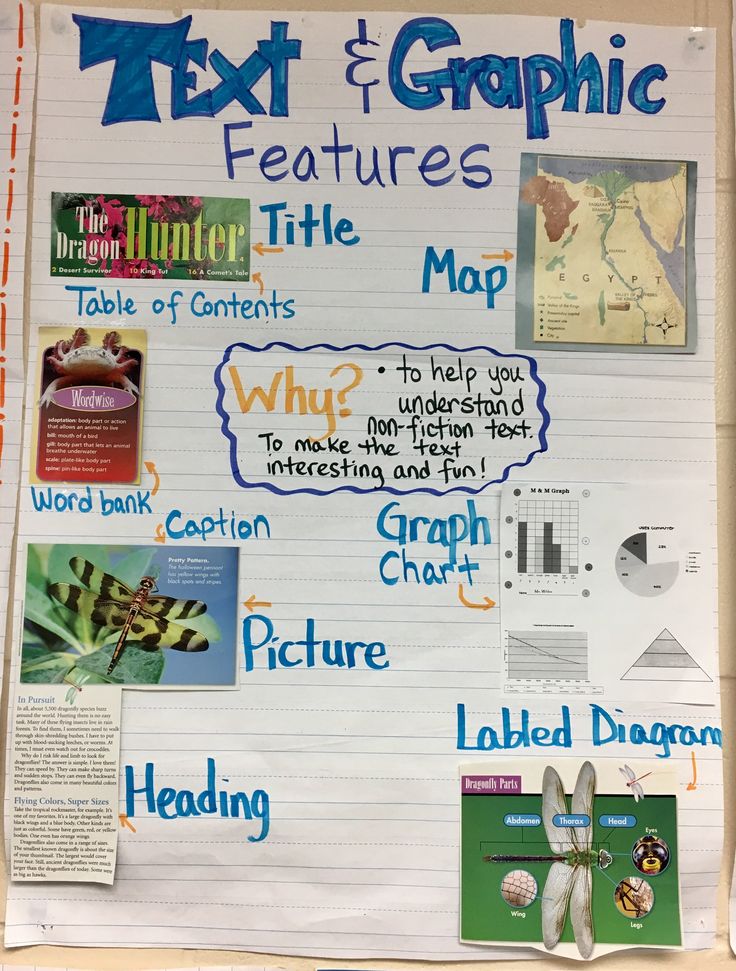
This leads to discussion about the purpose of these features. For example:
- capital letters (highlight green)
- full stops (highlight yellow)
Read a storybook to model and/or identify features of a text while reading, for example differences between words and letters, directionality, return sweep, front and back cover of book..
Read books with different font types/sizes, bold, exclamation mark, question mark and capital letters.
Ideas for alphabet knowledge
- Make letter shapes out of playdough, clay, or other materials
- Use magnetic letters (or writing) for recognising initial sounds of objects
- Bingo
- Go fish with alphabet cards
- Upper/lower case letter matching
- Early handwriting experiences - letter formation
- Alphabet soup
- Circle time - recognising cards or 3D letters from a 'mystery bag'
- What am I drawing? - draw a letter on each other's back; children need to guess the correct letter
- Read a familiar poem or story - highlight one or more familiar words, letter or letters of the alphabet within the story
- Lots of Trucks: Play, Reading, and Extending Language (Part 1)
- Making Meaning: Reading with Children
For age groups:
- Where Is The Green Sheep?
For age groups:
- Early language users (12 - 36 months)
- Reading areas
- Print in other languages
- Chia Seed Sprouts
- Print in Sociodramatic Play.

For age groups:
- Language and Emergent Literacy Learners (30 - 60 months)
Learning foci and teaching practices:
- Phonological Awareness
- Phonics
- Literacy-rich environment
- Reading with children
- Writing with children
- Independent reading and writing
- Play
- Sociodramatic Play
- Performing Arts
- Fine Arts
Bradford, H., & Wyse, D. (2010). Writing in the early years. In Wyse, D., Andrews, R., & Hoffman, J. (Eds). The Routledge international handbook of English, language and literacy teaching (pp. 137-138). London: Routledge.
Clay, M. M. (2013). An observation survey of early literacy achievement (3rdEd.). Auckland: Pearson.
Justice, L. M., & Ezell, H. K. (2004). Print Referencing: An Emergent its Clinical Applications. Language, Speech, and Hearing Services in Schools, 35(April), 185–193.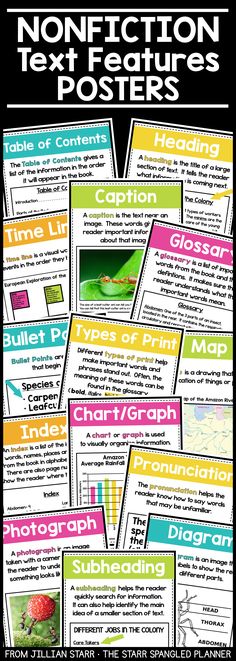
Lancaster, L. (2007). Representing the ways of the world: How children under three start to use syntax in graphic signs. Journal of Early Childhood Literacy, 7(2), 123-154.
Piasta, S., Phillips, B., Williams, J., Bowles, R., & Anthony, J. (2016).
Measuring Young Children’s Alphabet Knowledge: Development and Validation of Brief Letter-Sound Knowledge Assessments. The Elementary School Journal, 116(4), 523-548.
Victorian State Government Department of Education and Training (2016) Victorian early years learning and development framework (VEYLDF) (pdf - 1.14mb) Retrieved 3 March 2018,
Victorian Curriculum and Assessment Authority (2016) Illustrative Maps from the VEYLDF to the Victorian Curriculum F–10. Retrieved 3 March 2018,
Wells Rowe, D., & Neitzel, C. (2010). Interest and Agency in 2- and 3-Year-Olds’ Participation in Emergent Writing. Reading Research Quarterly, 45(2), 169–195. dx.doi.org/10.1598/RRQ.45. 2.2
2.2
The main types of printing and their features / Sudo Null IT News
We propose to talk about printing in general and consider the main technologies and features of printing, as you asked in the comments to our previous reviews.
The concept of modern polygraphy is wider than just large-circulation printing. This includes the production of banners, promotional materials, the full cycle of printing: from the source file to the finished product. The range of materials used and the tasks performed are expanding. It became possible to transmit smells, stereo and three-dimensional images. Nevertheless, four main types of printing remain traditional: offset, screen, laser and inkjet. What are their main features and differences? nine0003
Offset
Offset printing is usually used for large print runs. Often it serves as a benchmark for the quality of color printing. Offset technology consists in the process of transferring an image to a carrier from a photoform through an intermediate offset roller.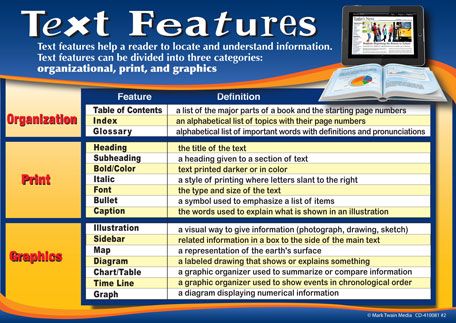 The printed material sequentially passes through a series of photoforms, applying one color at a time. Color prints, superimposed on each other, eventually give a high-quality full-color image. nine0003
The printed material sequentially passes through a series of photoforms, applying one color at a time. Color prints, superimposed on each other, eventually give a high-quality full-color image. nine0003
The main advantages of offset printing are high speed with excellent quality color and monochrome prints. The productivity of printing equipment is several thousand finished A4 pages per minute. In addition, the low cost of copies provides "omnivorous" offset printing in terms of paper used.
However, offset printing has a number of features that make it unprofitable to print small runs. Preparation takes a lot of time and requires serious expenses, which are then distributed over the entire circulation. To make a color print, you need to perform color separations, create and make photoforms for each color, since only one color is applied in one pass. In addition, prepress preparation includes press preparation, color balancing and a whole range of auxiliary debugging work. Therefore, as a disadvantage of offset printing, one can note the lack of flexibility of the process and the impossibility of prompt printing within a few hours. nine0003
nine0003
Screen printing
Screen printing can serve as an alternative to offset printing for monochrome images. It is well suited for low-budget information products, which include newspapers, letterheads, leaflets, instructions.
Risography is a special case of screen printing. On a special film, in accordance with the pattern, the smallest holes are burned, which, when printed, will act as nozzles. The film is stretched onto the ink drum. When the drum rotates, under the action of centrifugal forces, the ink is distributed along the inner walls of the drum and forced through the holes on the film. The ink is then transferred to paper. nine0003
Risography is characterized by high printing speed and very short prepress. Less than 40 seconds from page layout to first print. However, with a high printing speed and the lowest cost per print among other types of printing, risography has its drawbacks. With its help, you can not get high-quality color images, and monochrome printing is performed without halftones. Print resolution is limited by the size of the stencil holes. Risography is optimal for small and medium print runs of monochrome printed matter. nine0003
Print resolution is limited by the size of the stencil holes. Risography is optimal for small and medium print runs of monochrome printed matter. nine0003
Digital printing
The main advantage of digital printing is the absence of intermediate steps between the digital file and the actual printing process. Digital printing is divided into two large classes - inkjet and laser.
Laser printing
Laser printing is mainly used for printing documents and drawings. In this it is similar to screen printing in monochrome. But there are other principles at work in laser printing. Under the action of a laser beam on the surface of the photoconductor, the electrical resistance changes locally. These places are fixed toner, which is then transferred to the paper. In order for the print to be fixed, the paper with toner passes through the fuser (heater). There, the toner is fused into the carrier. nine0003
At Canon, we use this technology in all of our laser printers and office multifunction devices. From model to model, we improve our devices, improving the quality of printing, and also pay great attention to the protection of data transmitted for printing. This is realized not only in new hardware developments, but also in specialized software. For example, in one of the previous articles, we reviewed uniFLOW and Therefore technologies.
From model to model, we improve our devices, improving the quality of printing, and also pay great attention to the protection of data transmitted for printing. This is realized not only in new hardware developments, but also in specialized software. For example, in one of the previous articles, we reviewed uniFLOW and Therefore technologies.
Laser printing is similar to LED printing. Instead of a laser, it uses LEDs that shine through the slots. In this case, the beam of light falls perpendicularly on the photoconductor without distorting the image. When laser printing, there may be slight blurring of the image at the edges of the print due to the large inclination of the laser beam to the surface of the drum. nine0003
The Océ DirectPress technology used on our VarioPrint devices converts data into a digital image in one step. It is a 100% digital process that is independent of light source, temperature change, static charge, humidity and toner composition, and is extremely stable in terms of image uniformity and quality. Also with fewer mechanical parts, this technology is very reliable and allows the system to be affordable and compact. It contributes to a healthier working environment as no ozone is released during printing and no waste toner is left behind. nine0003
Also with fewer mechanical parts, this technology is very reliable and allows the system to be affordable and compact. It contributes to a healthier working environment as no ozone is released during printing and no waste toner is left behind. nine0003
Inkjet printing
This is a promising direction in printing, which allows printing high-quality multi-color images not only on paper. Inkjet printing is based on the ink dripping from the print head. There are two ways to supply ink - piezoelectric and thermal. In the first case, the role of the “piston” is performed by a bending piezoelectric plate, and in the second case, a vapor bubble formed on the surface of the microheater. The type of ink is determined by the feeding method. An attempt to replace one ink with another will lead to the failure of the printing equipment. Therefore, the use of original consumables is not a whim of the manufacturer, but the features of the technologies used. nine0003
To date, inkjet printing has, perhaps, the most different types of implementation.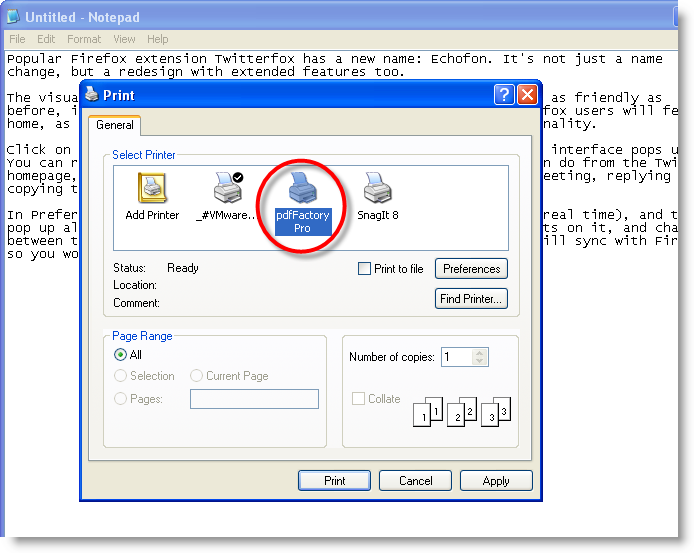 This can be seen on the example of our equipment. Océ ProStream wide format printers with a piezoelectric printhead use solvent inks. This type of equipment has a number of innovative features. For example, ColorGrip, which allows you to make high-quality prints on low-quality paper. This is achieved by spraying when printing a special composition that creates an adhesive film on the surface of the media. The print head has also undergone a major upgrade. It recirculates ink during idle time and maintains a stable temperature to prevent ink from drying out. nine0003
This can be seen on the example of our equipment. Océ ProStream wide format printers with a piezoelectric printhead use solvent inks. This type of equipment has a number of innovative features. For example, ColorGrip, which allows you to make high-quality prints on low-quality paper. This is achieved by spraying when printing a special composition that creates an adhesive film on the surface of the media. The print head has also undergone a major upgrade. It recirculates ink during idle time and maintains a stable temperature to prevent ink from drying out. nine0003
The Océ Colorado 1640 printer uses UV printing technology. By curing the ink with ultraviolet radiation, this technology allows printing on heat-sensitive materials. When printing, the printer maintains a stable media temperature at +28 0С.
We have also developed our own textured printing technology to transfer not only color but also surface texture with high accuracy. This method opens up full access to printing for people with visual impairments, for whom the main channel for obtaining information is tactile sensations. We talked about this technology in our post “Elevated printing: a new look at printing”. nine0003
The use of the latest developments in digital printing has allowed it to significantly strengthen and expand its position in modern printing. However, it would be incorrect to consider it from the standpoint of an alternative to offset printing, since these types of printing have different technologies and tasks. But it is recommended to compare profitability depending on the size of the circulation.
If for digital printing the cost of a copy is almost independent of the size of the circulation, then for offset printing, where the main costs fall on the preparatory stages of work, an increase in circulation leads to a decrease in the cost of a copy. In the form of graphs, this can be represented as a straight horizontal line for "numbers" and a hyperbola for offset. The intersection point of these graphs will give the boundary size of the circulation, which separates the scope of these printing methods. The emergence of new developments and technologies in digital printing is constantly shifting the point of the circulation size in the direction of increasing. If earlier the profitability of the “numbers” was in the hundreds of copies, now the account is in the thousands. It's nice to know that this is our merit. Here are just a few examples. nine0003
In the past, expensive high-quality paper was used for inkjet printing due to the fact that on the more porous cheap paper, ink was strongly absorbed, and color quality and image clarity were impaired. Offset printing in this regard was in a much more advantageous position. Many types of paper were suitable for her, including those from the budget segment. And this means that the cost of a copy can be significantly reduced only at the expense of the media, while not taking into account the cost of the print itself. Switching to cheaper media would open up new possibilities for digital printing. We implemented the possibility of such a transition in several ways.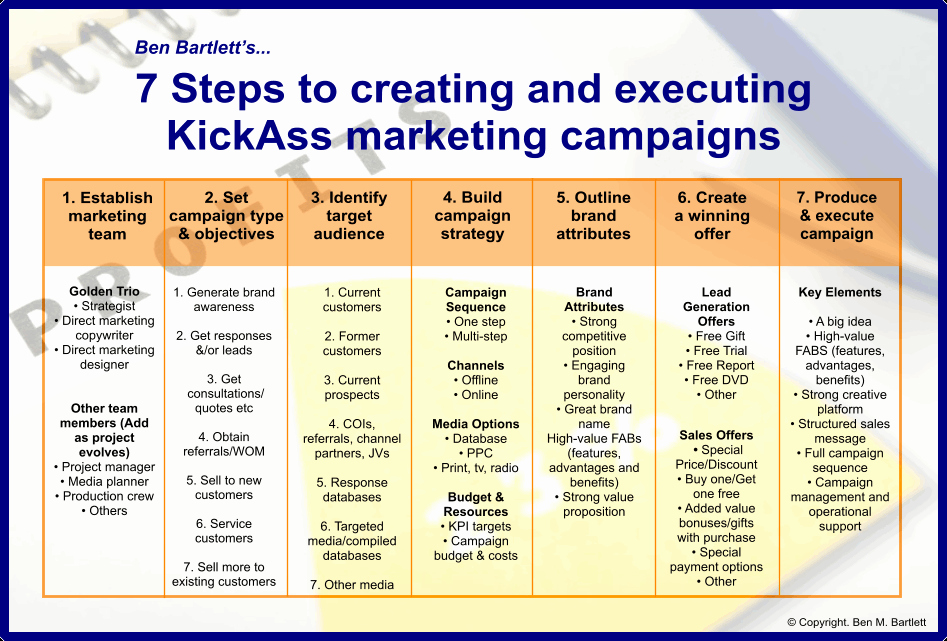 nine0003
nine0003
A universal way to print on a wide range of media is the new ColorGrip technology, which is optional on large format inkjet printers. Its essence lies in the fact that a special composition is dripped onto the paper before ink. It has a double function. First, the film that forms on the surface of the media limits the absorption of ink into the paper. Secondly, the ColorGrip composition acts as a primer, providing better adhesion. Precise positioning of the droplets of the composition optimizes its consumption. ColorGrip is used just the right amount for each ink drop, leaving a clean non-printing surface. nine0003
Another way is to create pigment inks. This has been implemented on the imagePROGRAF series wide format printers. The new LUCIA EX pigment inks are more saturated and absorb less into the media. Because of this, they can be used on different types of paper.
In order to reduce the cost of the printing process itself due to economical ink consumption, we have made a number of developments, from variable ink droplet size to ink recirculation in the print head. All this provided better color reproduction without unnecessary ink consumption for auxiliary operations. nine0003
All this provided better color reproduction without unnecessary ink consumption for auxiliary operations. nine0003
One more important point should be noted. In offset printing, the finished printed sheets enter the binding area, where they are folded, stapled, cut, and go through further processing steps that turn them into a finished product. This requires additional equipment, production facilities, personnel. This includes costs that are included in the cost of the instance. With digital printing, we have been able to reduce these costs. Optionally, various post-processing modules can be connected to our large format inkjet printers. Thus, digital printing equipment turns into a fully automated production line of a full cycle. nine0003
We continue our developments in digital printing. Of course, it's hard to imagine that "digital" will ever completely replace "offset", but the printing market is changing towards customized printing, when each copy will be printed taking into account the individual needs of the buyer.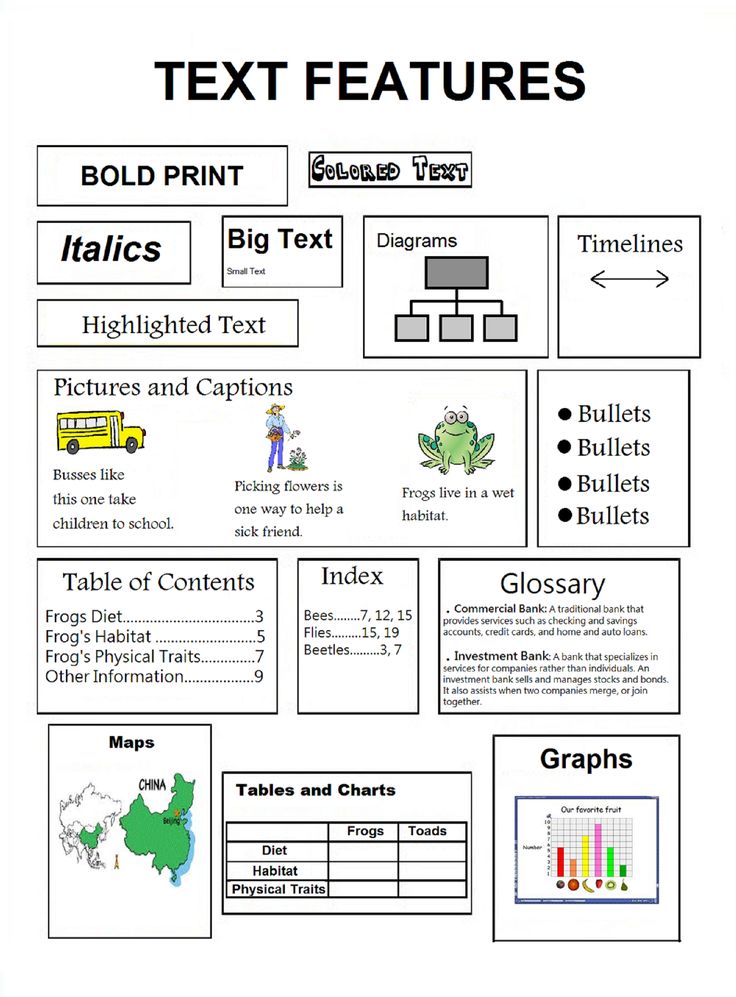 And for this, digital printing is best suited with its flexibility and versatility of technology.
And for this, digital printing is best suited with its flexibility and versatility of technology.
In subsequent articles, we will tell you about new trends in the industry, innovative developments, applied technologies, and prepare reviews of the most interesting models. nine0007 Write to us if this article was useful to you, and what materials you would like to see in this blog, what issues should be covered and what to pay attention to.
Features of printing and ecology
MarketShmarket prints on both natural and synthetic fabrics.
Printing on natural fabrics
We print on natural fabrics using direct digital fabric printing: printing is done directly on a pre-prepared canvas with absolutely safe ink and then cured under high temperature. nine0003
Advantages of this technology:
- 100% environmental friendliness - printing with special safe inks that do not require washing after printing, which consumes a huge amount of water
- speed up the printing process
- excellent color reproduction of delicate shades and mid-tones, which are "eaten" when "wet printing"
- high fading resistance
However, the "dry" printing method and the eco-friendly inks we are working on do not yet produce very bright and very dark shades: bright, dark and deep colors will be muted, for example, black and dark blue will be closer to graphite, dark red is closer to terracotta. Therefore, if you need a deep black (dark) background and very bright shades (bright red, neon shades, dark blue, black, etc.), give preference to any of the synthetic fabrics - they use a different technology for printing, which is also environmentally friendly , but on synthetic bases it gives bright shades. nine0003
Therefore, if you need a deep black (dark) background and very bright shades (bright red, neon shades, dark blue, black, etc.), give preference to any of the synthetic fabrics - they use a different technology for printing, which is also environmentally friendly , but on synthetic bases it gives bright shades. nine0003
Dark prints add extra density to fabrics.
Printed fabrics, if your meters were inside a roll, may have a residual ink odor that is completely non-toxic and safe, and goes away with the first wash.
Printing on synthetic fabrics
We print on synthetic fabrics using the sublimation method: first, the ink is applied to special paper and then, under the influence of high temperature, the ink is transferred from the paper to the fabric. Sublimation printing gives very bright shades, brighter than on natural fabrics. This can be seen on dark and bright prints, on prints of soothing shades there is practically no difference. nine0003
Advantages of sublimation printing are
- 100% environmentally friendly and safe
- very bright and deep shades
- highest print durability
Sublimation printing is currently only possible on synthetic fabrics, it is not suitable for cotton and linen.
Recommended care: delicate wash at 30°C with mild detergents, no bleach and tumble dry. Subject to these recommendations, the fabrics serve for a long time and do not lose their appearance, both according to our tests and according to the reviews of our customers :)
All prints (colour and single color) are printed on white fabrics - only on white is it possible to get the correct shades. White in prints is the base color, all the rest we apply when printing over fabric, including colored backgrounds, elements and plain prints.
The drawing on the fabric is located in the same way as on the screen: on the left and on the right - the edges (width of the fabric, weft), above and below - the beginning and end of printing (cut length, fractional).
Hues and saturation of the same print or color on different fabrics, as well as on fabrics printed at different times, may differ from each other due to different application (printing) technologies, different characteristics of the same fabrics from different batches, various characteristics of different fabrics (compositions, density, weaving, degree of whiteness, etc.